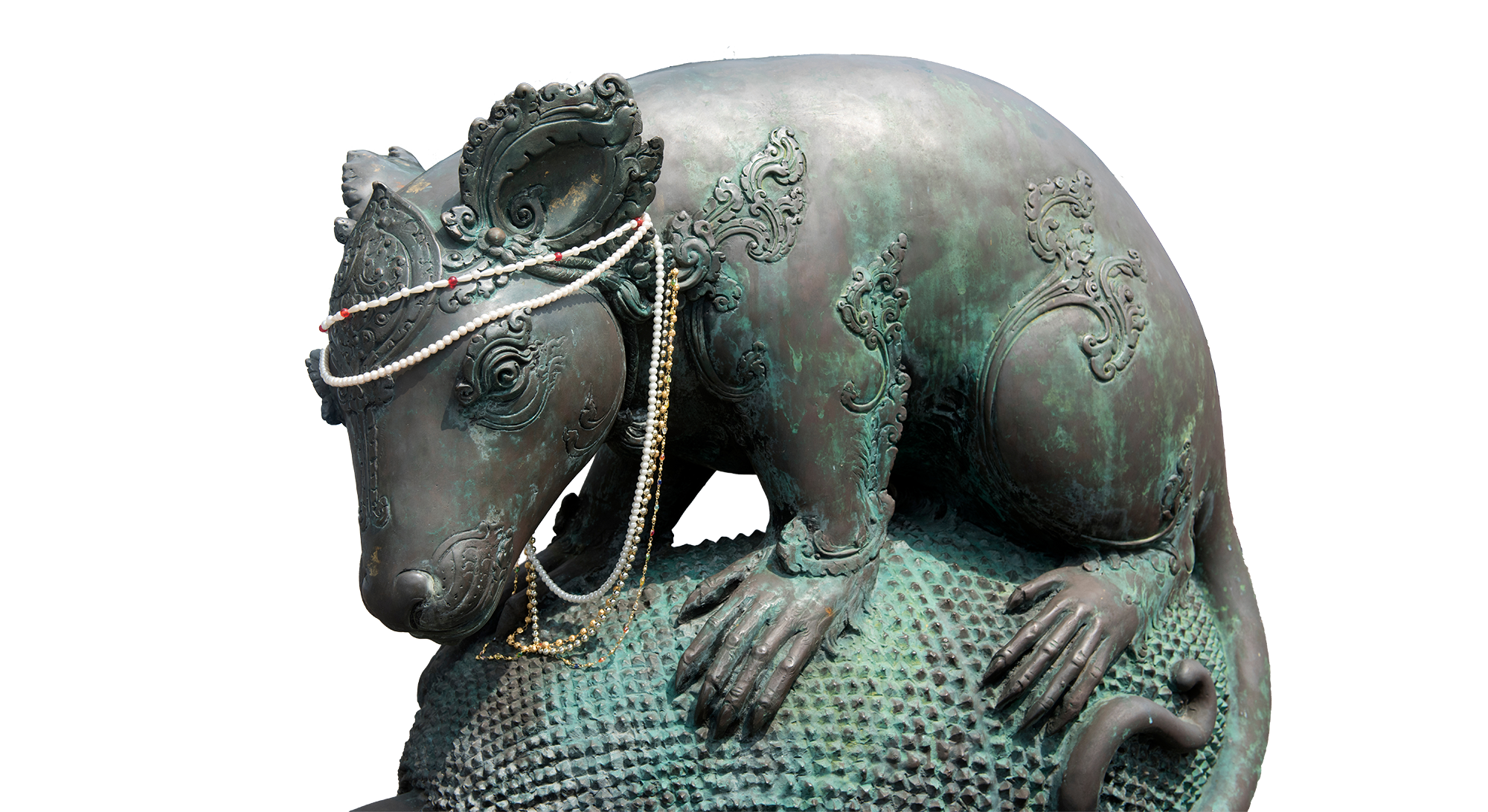DISCUSSING
In the Shadow of the Spire – Session 39C: Liberation of the Slaves
Tor became a whirling dervish – a one-man electrical storm – at the top of the stairs, holding off the churning wall of fur. Several of the ratlings leapt down onto the stairs behind him, surrounding him utterly, but they were no match for the speed or ferocity of Tor’s electrical blade.
When the furious job was done, Tor and Elestra quickly got the prisoners up the stairs and out the front door of the temple. They sent them, with money in their pockets and food in their bellies, to the watch station in Delvers’ Square.
Particularly in campaigns where the PCs are Big Damn Heroes™, I think it can be really powerful to show how their actions have earned them a reputation.
You save the world a few times and people start taking notice, ya know?
One technique I particularly like is the Big Social Event, as we saw back in Session 12: A Party at Castle Shard. As I discussed in Game Structure: Party Planning:
I’ve … found them to be effective as a way of signaling when the PCs have changed their sphere of influence. You rescued the mayor’s daughter from a dragon? Chances are you’re going to be the belle of the ball. And you’re going to discover that powerful and important people have become very interested in making your acquaintance.
When these events work, they’re exciting and engaging experiences, often providing a memorable epoch for the players and spinning out contacts and consequences that will drive the next phase of the campaign.
But, more broadly, the attitude of the world towards the PCs should shift. Partly because the players get a huge thrill out of their actions being recognized. Partly because it just makes sense.
One thing I find frequently useful for this is some form of Reputation system. For In the Shadow of the Spire, I’ve been using a streamlined variant of the Reputation mechanics from the 3rd Edition Unearthed Arcana sourcebook.
The short version is:
- Stuff that the PCs do earn them Fame or Infamy points, which collectively create a reputation bonus.
- When the PCs meet a new NPC for the first time, the NPC makes a DC 25 skill or Intelligence check + the PCs’ reputation bonus.
- On a success, they recognize the PCs. Their reaction depends on their opinion of the actions the PCs’ took to earn their Fame/Infamy (and this may also inflict bonuses or penalties to subsequent social skill checks equal to the reputation bonus).
I can also flip that around and give NPCs a Reputation score so that PCs can recognize them with a successful Knowledge (Local) + reputation check.
In this case, I decided that recusing the slaves from the Temple of the Rat God would create a big enough splash that it would add a half point to their PCs’ reputation. To track this, I have a short section in my campaign status document that looks like this:
REPUTATION
FAME: 5.5
INFAMY: 0
FAME: Rescued Phon. Recovered Jasin’s body. Castle Shard party. Shilukar’s bounty. Association with Dominic. Tavan Zith riot. Freeing slaves and children from Temple of the Rat God.
The quick rep reference basically gives me a menu of stuff that I can have NPCs who recognize the PCs mention. (“Didn’t I see you at the Harvesttime party at Castle Shard?” or “Oh my god! You saved my brother during the riot in Oldtown!” or “I heard you helped us out on that Shilukar case.”)
In practice, I grade these on a pseudo-logarithmic scale: Rescuing the pregnant Phon was enough to earn their first point of Fame (people might recognize them as “the delvers who rescued that pregnant woman!”), but after that they aren’t going to earn Fame for every single person they rescue.
In any case, I’ve found this minimalist reputation system to be pretty effective. It tends to only be meaningful once every few sessions (although as their Reputation grows, that becomes more frequent), but the maintenance cost is extremely low and the moments when it’s triggered provide nice little spontaneous pops of payoff and, in some cases, unexpected twists.
Campaign Journal: Session 40A – Running the Campaign: Show the Help
In the Shadow of the Spire: Index



















